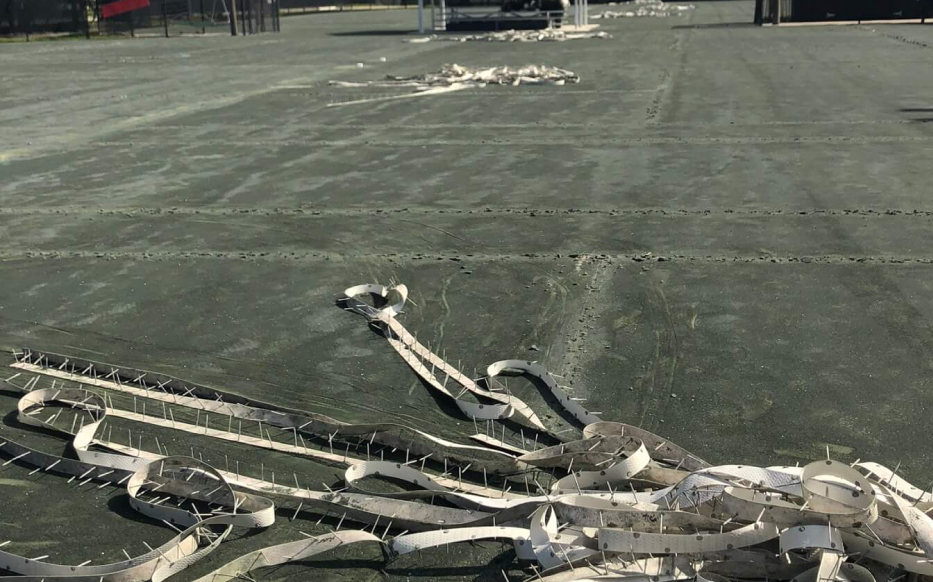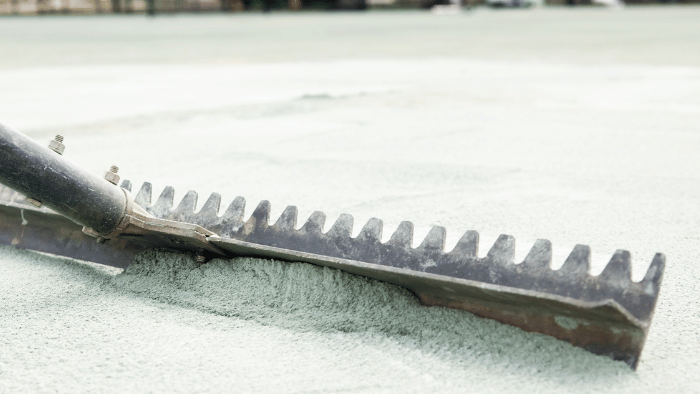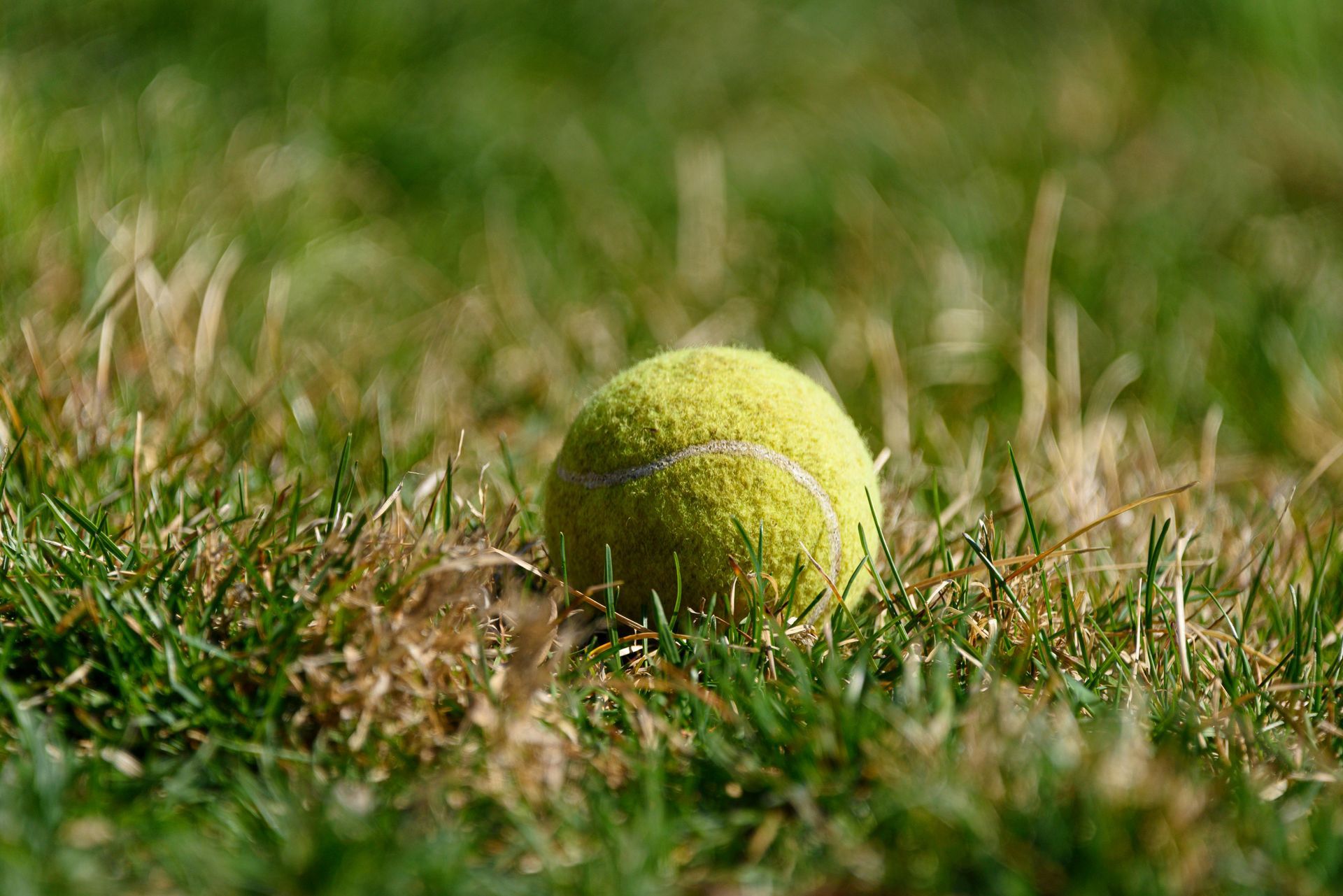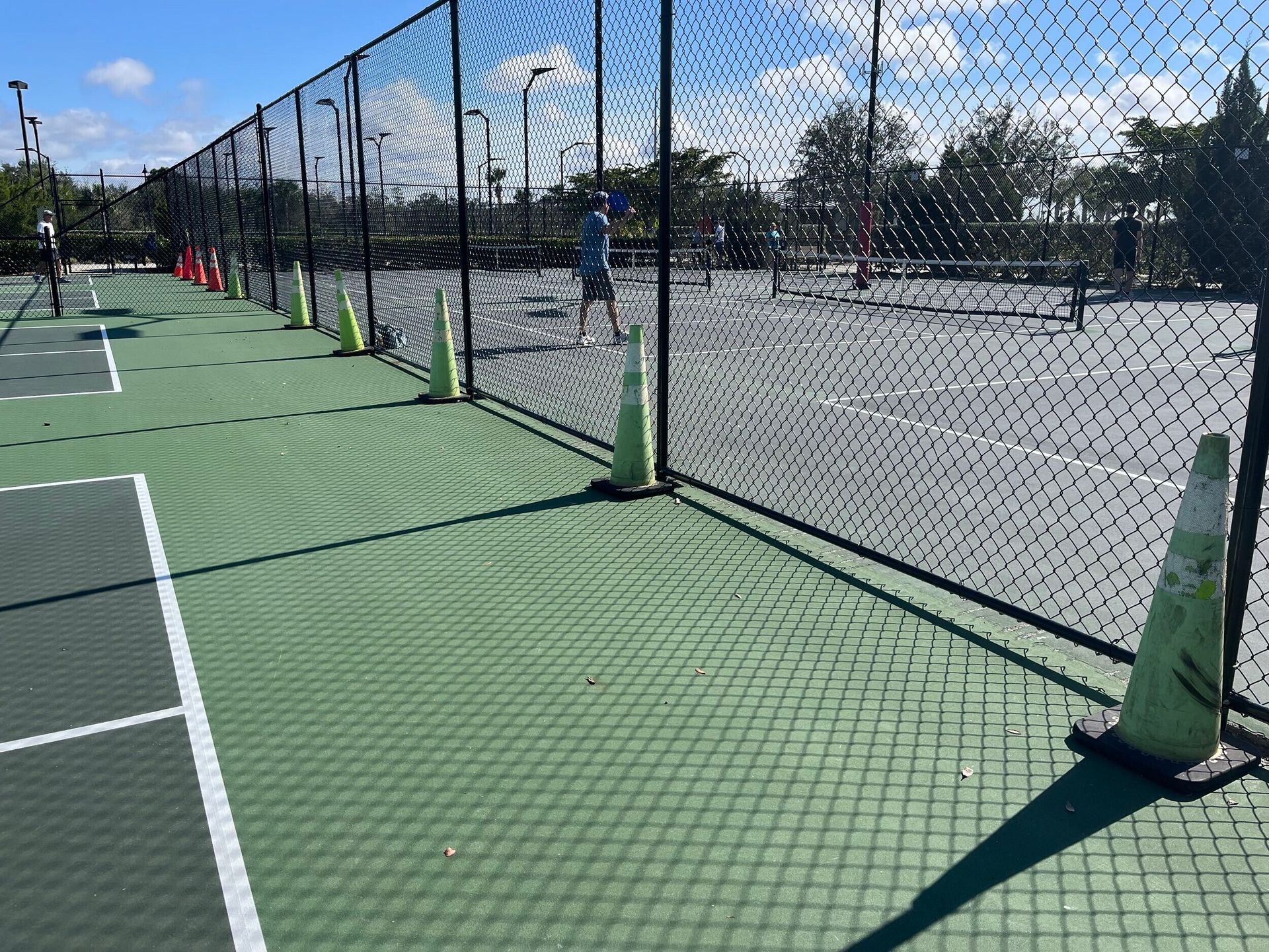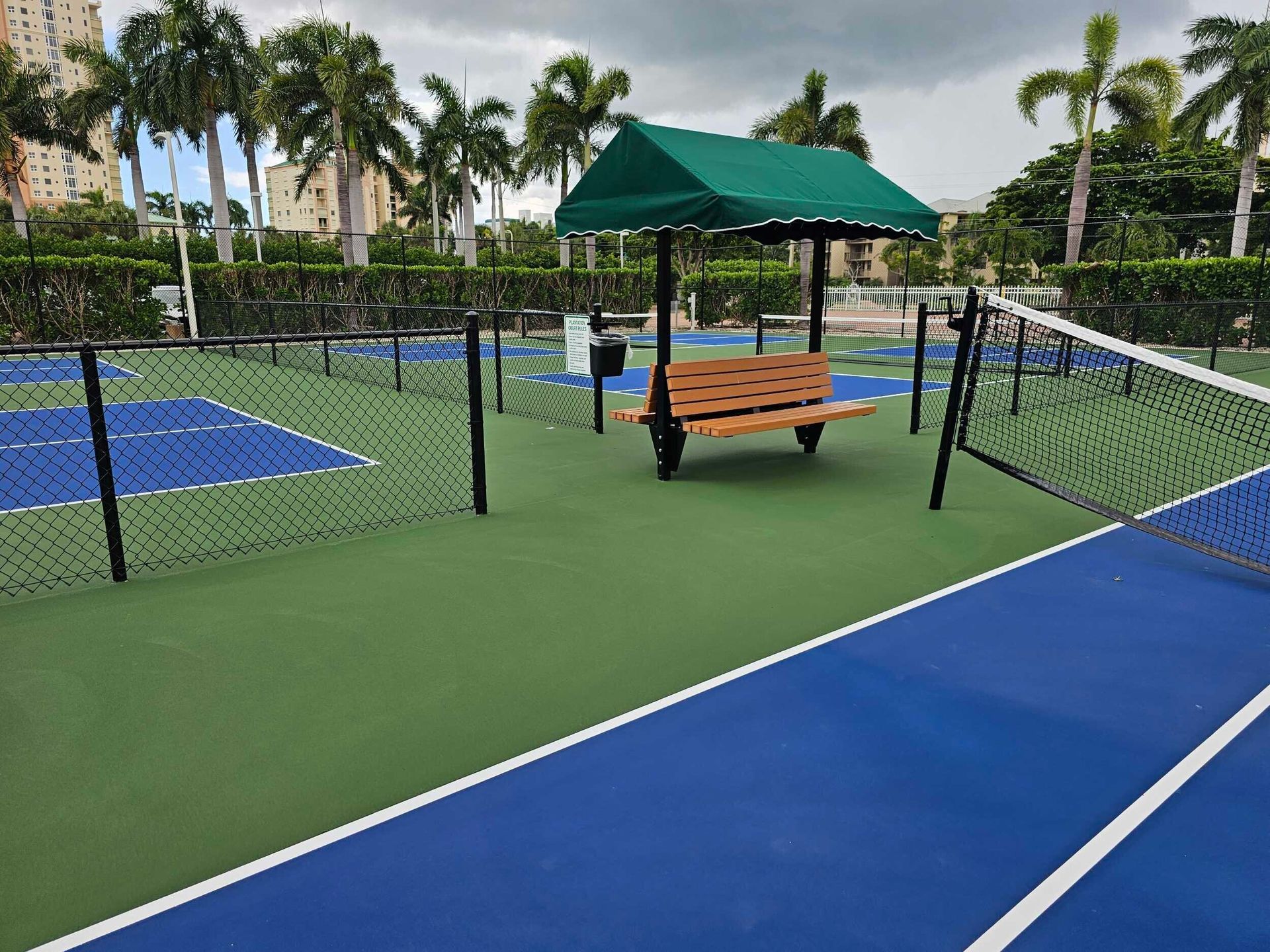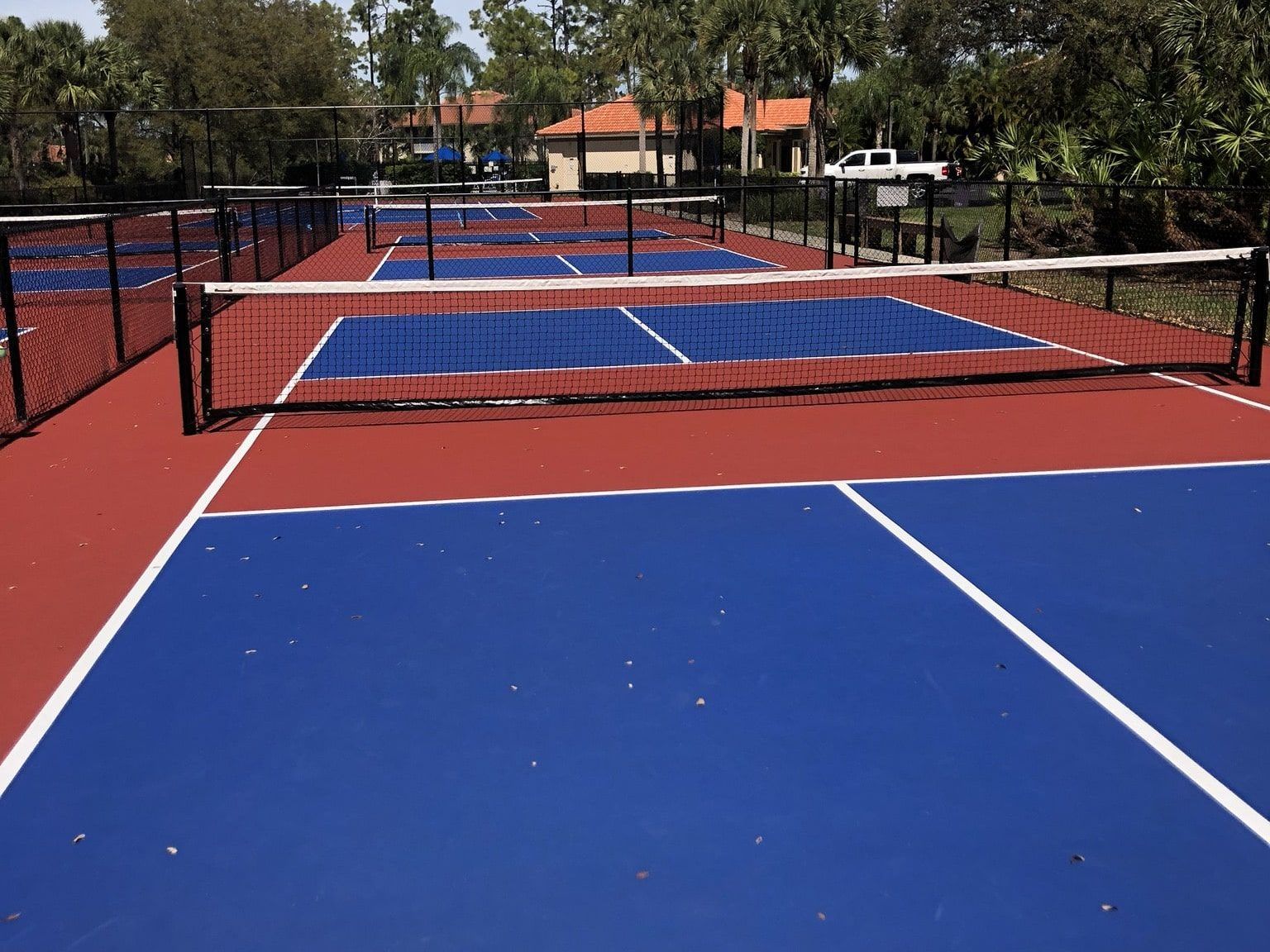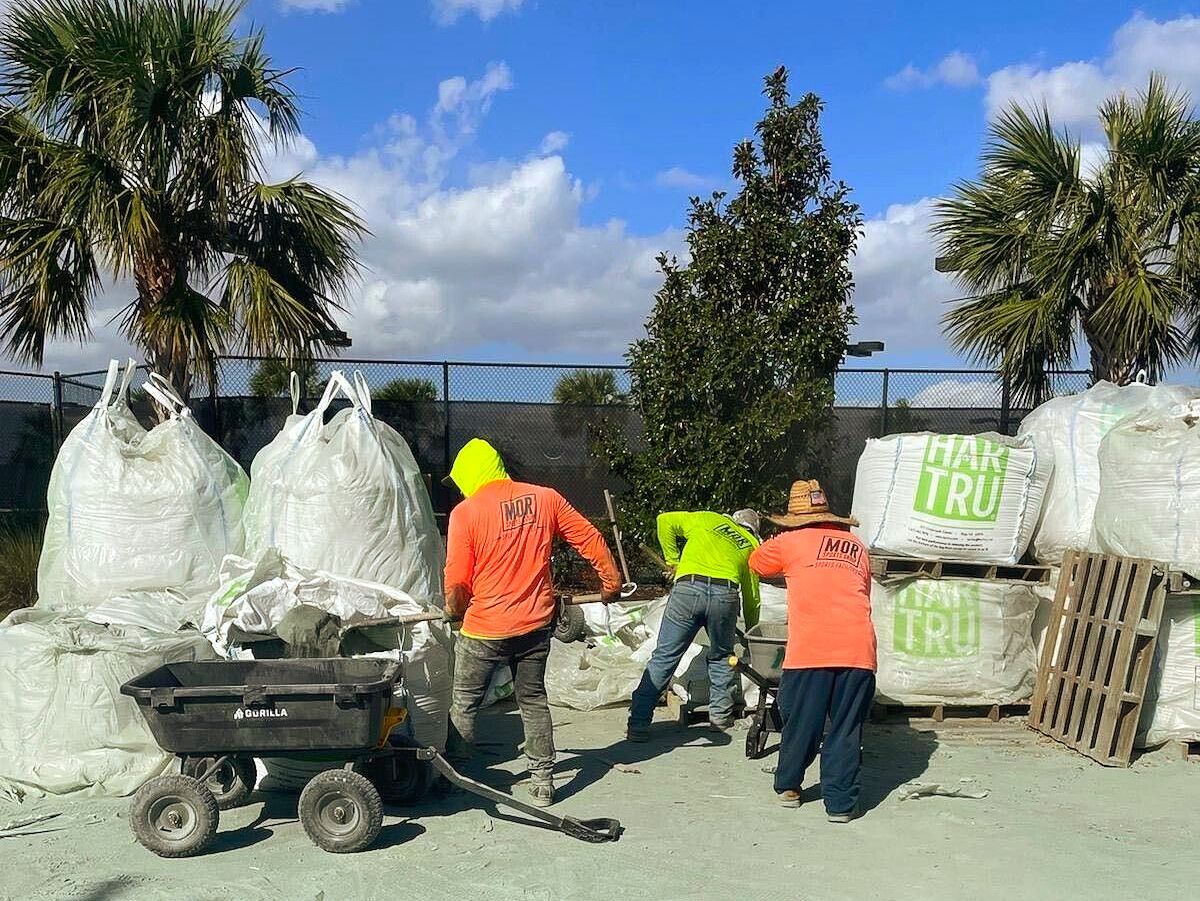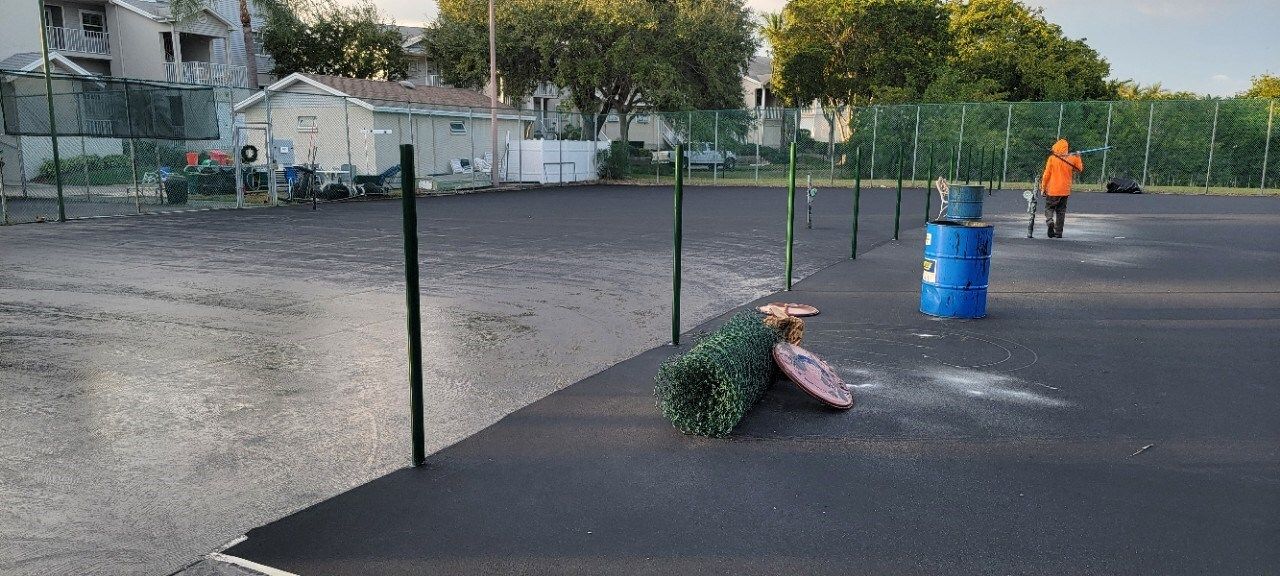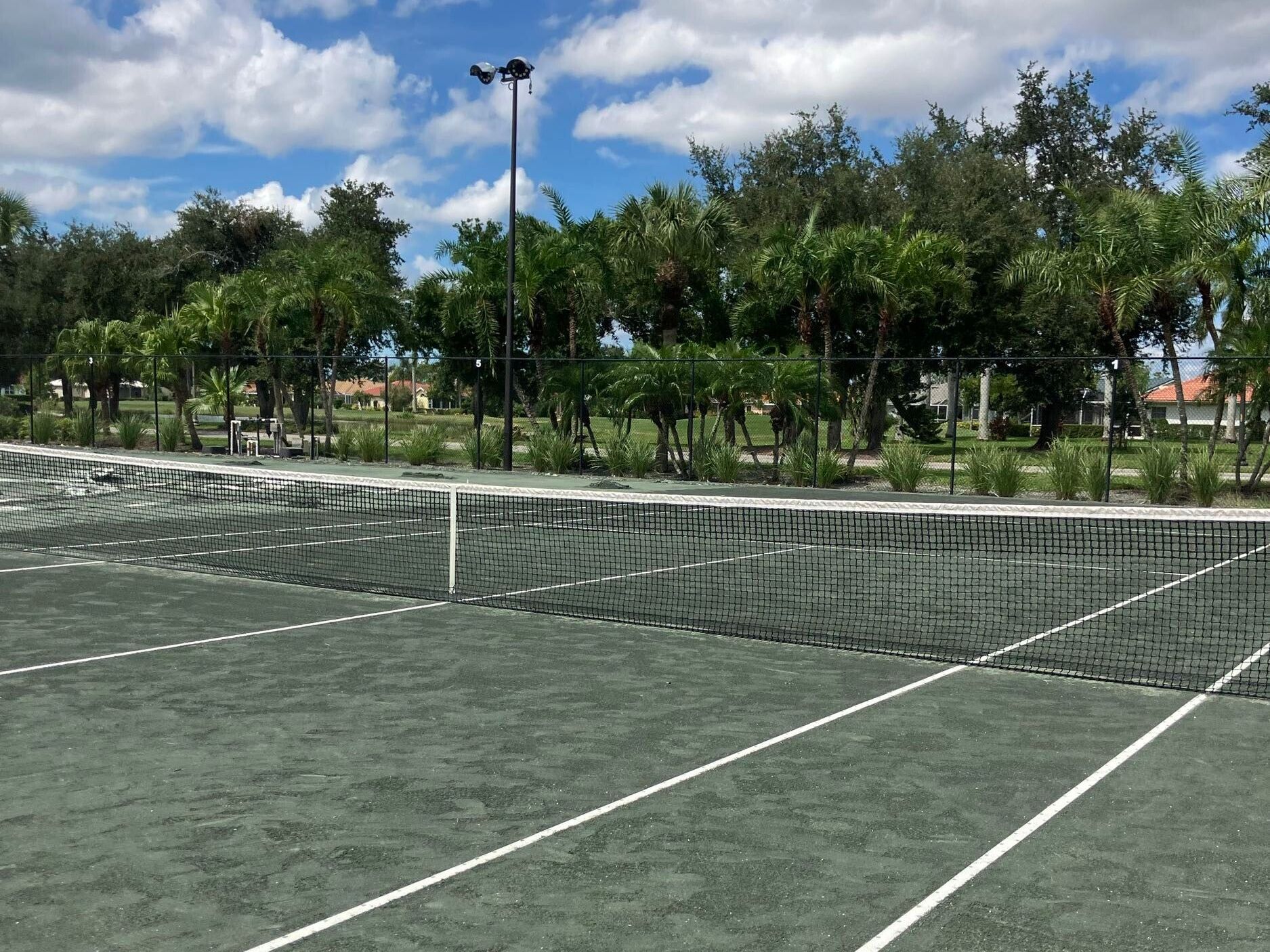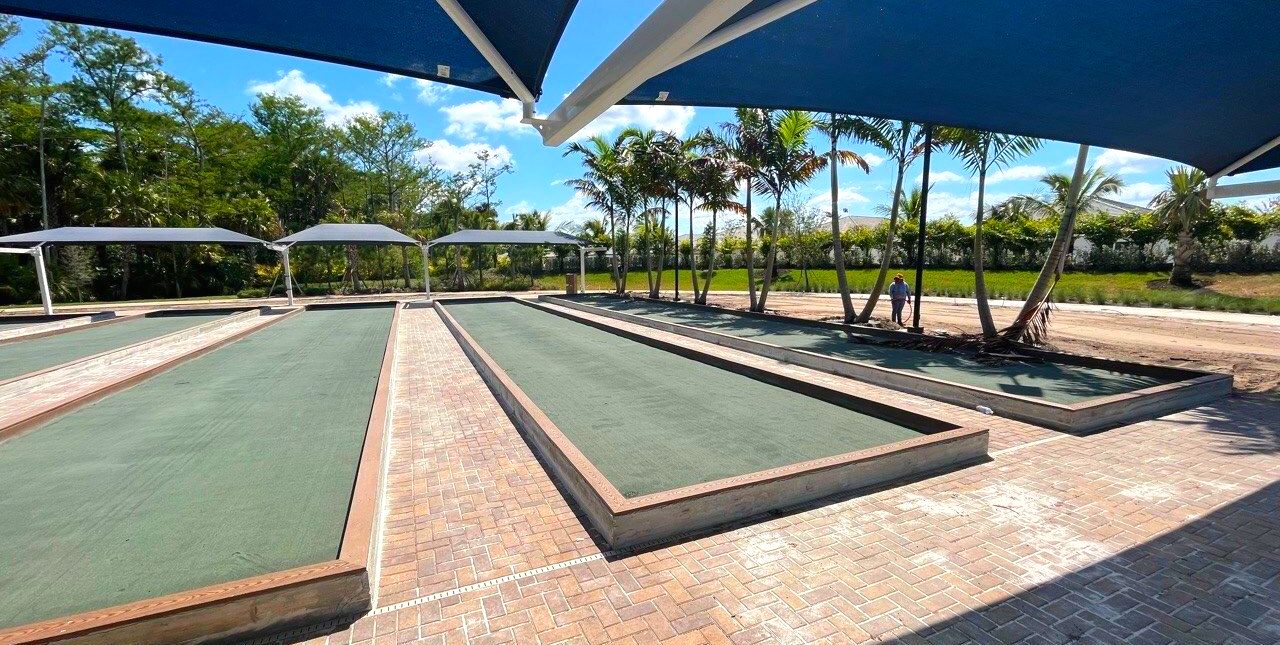Why Choose Clay Court Surfaces for Tennis
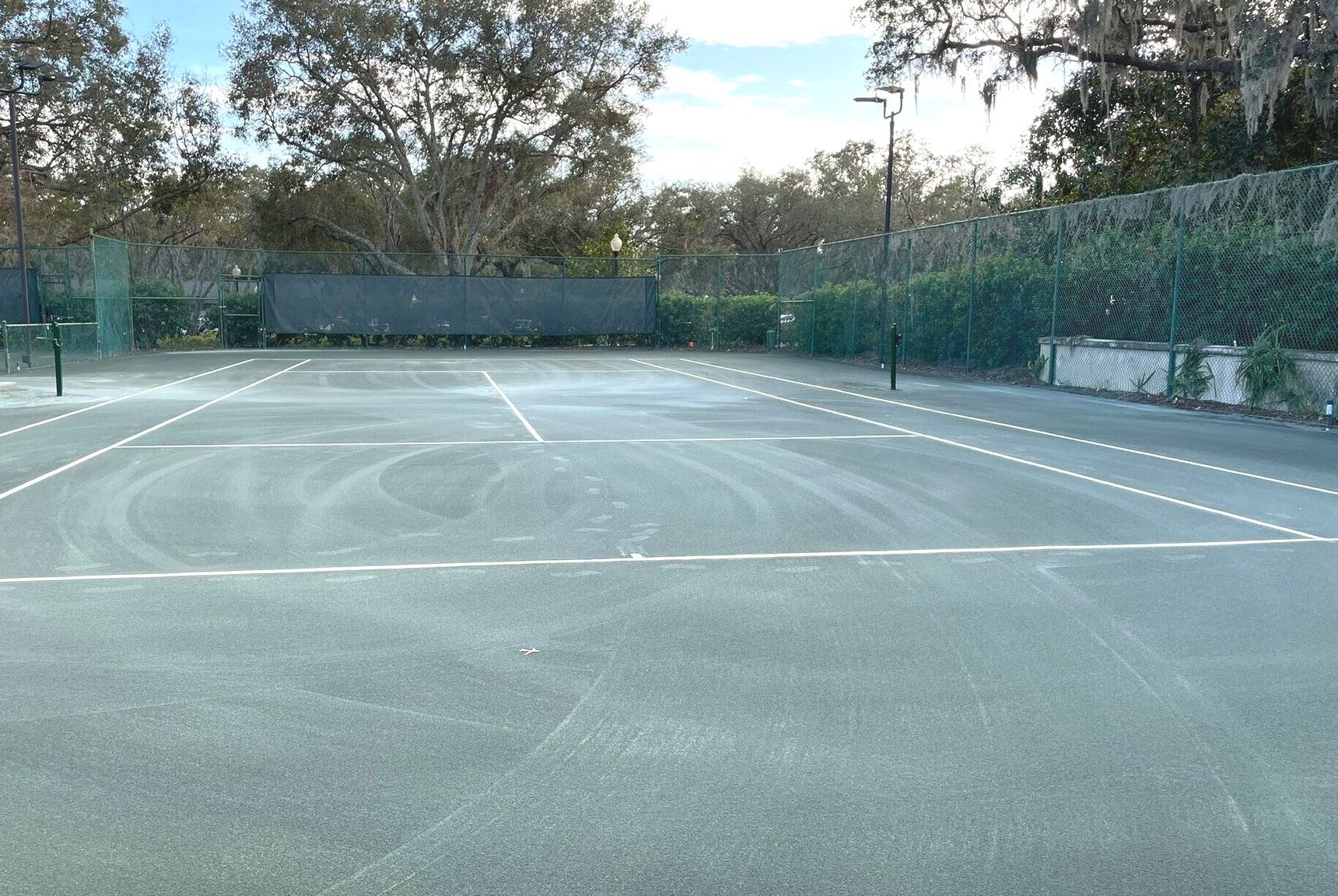
Clay tennis courts offer a unique and enriching experience for players of all levels. Known for their slower pace, higher ball bounce, and strategic gameplay, these courts demand patience, skill, and adaptability. Whether you’re a seasoned athlete or a casual player, stepping onto a clay court can transform how you approach the game. Let’s explore what makes clay courts so unique and why they’ve become a favorite for many tennis enthusiasts.
The Unique Appeal of Clay Tennis Courts
Clay courts are more than just a playing surface—they’re a cornerstone of tennis tradition. These courts stand out with their iconic red hues and the exciting challenges they pose.
A Brief History of Clay Courts
The story of clay courts began in the 1880s when British players in Cannes, France, sought a solution for the dry summer conditions. They covered grass courts with crushed terra cotta pots, creating the first clay surfaces. Over time, clay courts spread across Europe and became synonymous with endurance and strategic play. Roland Garros, one of the most prestigious tennis tournaments, adopted clay in 1928, solidifying its legacy in the tennis world.
How Clay Courts Are Constructed
Building a clay court is a meticulous process. These courts feature a multi-layered structure, including:
- A base of large pebbles for drainage.
- Crushed pebbles and clinker for stability.
- Crushed limestone to create a firm foundation.
- A 2mm layer of red brick dust that gives the court its signature appearance.
Keeping the surface moist is crucial to maintaining its flexibility. While clay courts require significant upkeep, their quality and playability make the effort worthwhile.
Key Features of Clay Court Surfaces
Clay courts bring distinctive characteristics that set them apart from other tennis surfaces. Their unique attributes challenge players to adapt and refine their techniques, making them a favorite for many. Let’s dive deeper into what makes clay courts stand out.
Slower Gameplay for Strategic Matches
Clay courts naturally slow down the game due to their softer and more absorbent surface. The ball loses some of its speed upon hitting the ground, giving players extra time to react. This feature favors players who enjoy constructing points thoughtfully and outmaneuvering their opponents through strategy rather than sheer power.
For those who thrive in tactical battles, clay courts are the ideal playground. Extended rallies on clay test a player’s patience, footwork, and mental resilience. Winning a point often requires setting up multiple shots, making the game more cerebral than on faster surfaces like grass or hard courts.
Higher Ball Bounce and Enhanced Spin
Clay courts are known for producing a higher and more predictable ball bounce compared to other surfaces. This is particularly advantageous for baseline players who rely on heavy topspin or deep, consistent shots.
- High Bounce: The ball sits up longer on clay, giving players more control and time to position themselves for their next shot. This feature benefits players with defensive skills and those who can generate spin to keep their opponents on the back foot.
- Enhanced Spin: The surface amplifies the effects of topspin and slice. When a ball with topspin hits the clay, it grips the surface before bouncing higher and faster. This makes clay courts a paradise for players with a spin-heavy game, allowing them to dominate rallies with precision and variety.
Sliding Surface for Unique Movement
One of the most visually striking features of clay tennis is sliding. Unlike other surfaces where quick stops are necessary, clay allows players to slide into their shots. This technique may look effortless, but it requires practice and skill to perfect.
- Improved Court Coverage: Sliding helps players cover more ground with less effort, enabling them to reach difficult shots while staying balanced.
- Creating Angles: Sliding can also be used strategically to position yourself for shots that create sharp angles, putting your opponent at a disadvantage.
- Learning Curve: For beginners or those new to clay, sliding can be tricky and occasionally leads to instability. Proper footwear and practice are essential for mastering this unique aspect of the clay-court movement.
Physical and Tactical Demands on Players
Clay courts demand a high level of fitness and mental toughness. Points are typically longer, requiring players to endure prolonged rallies that test their physical stamina and strategic thinking.
- Physical Demands: Clay slows the ball down, which often results in longer exchanges. This means players need excellent endurance to keep up with the extended duration of matches. Training for clay requires focused workouts that improve cardiovascular fitness and leg strength.
- Tactical Demands: Success on clay is rarely about hitting winners quickly. Instead, players must outlast their opponents by constructing points with patience and precision. Anticipating your opponent’s next move and staying disciplined in your shot selection is crucial on this surface.
Adaptability for All Skill Levels
The features of clay Tennis courts make them an excellent training ground for players of all levels. Beginners can benefit from the slower pace, which provides more time to learn proper techniques. Advanced players, on the other hand, can refine their tactics, endurance, and mastery of spin.
Clay courts encourage growth in a player’s overall game by emphasizing strategy, stamina, and skillful movement. For these reasons, they remain a favorite for professional tournaments and amateur players alike.
Benefits of Playing on Clay Courts
The advantages of playing on clay go beyond its unique gameplay. Clay courts provide a dynamic yet forgiving surface, making them an excellent choice for players at all levels.
Injury Prevention and Reduced Impact
One of the standout benefits of clay courts is their ability to minimize physical strain, which is crucial for players looking to stay healthy and prolong their time on the court. By reducing the physical toll on players, clay courts ensure a safer and more sustainable playing experience.
- Softer than hard courts, clay absorbs shock and reduces strain on joints and muscles, making it easier on the body during intense matches.
- They are an excellent choice for players recovering from injuries or those aiming to minimize long-term wear and tear.
- The slower pace of the game allows for controlled movements, lowering the likelihood of sudden, high-impact injuries.
Ideal for Baseline Players and Topspin Lovers
For those whose game thrives on strategy and spin, clay courts provide the perfect environment to excel. This makes clay courts a haven for those who enjoy a tactical, skill-based approach to the game.
- Baseline players benefit from the slower pace, which provides extra time to prepare and execute precise shots.
- Clay surfaces enhance topspin, creating higher bounces that are harder for opponents to counter, giving spin-heavy players a significant edge.
- The focus shifts from sheer power to thoughtful point construction, rewarding players who can outlast and outthink their opponents.
Longer Rallies for Improved Endurance
Playing on clay is about more than just quick points; it’s an opportunity to develop endurance and strategic skills.
- The slow pace and high bounce naturally extend rallies, encouraging long exchanges that test stamina and concentration.
- Players improve their cardiovascular fitness while refining shot accuracy and learning to adapt to their opponent’s strategy.
- These longer rallies cultivate patience and resilience, qualities that are crucial for success in any tennis setting.
Challenges of Clay Tennis Courts
Clay courts aren’t without their drawbacks. Understanding these challenges can help you better adapt to the surface.
High Maintenance Requirements
Clay courts require daily upkeep, including watering, brushing, and patching worn areas. This intensive maintenance makes them costly for clubs and organizations.
Adaptation for Aggressive Playstyles
Players who rely on powerful serves and quick volleys may find it challenging to adjust to clay’s slower pace. Adapting to the surface often requires a shift in strategy and approach.
Why Professionals Favor Clay Courts
Clay courts have been the stage for some of tennis’s greatest moments, and many professional players have embraced the surface.
Roland Garros is the most famous clay court tournament, showcasing the best players each year. Other notable events, like the Monte Carlo Masters and Madrid Open, further highlight the appeal of clay courts on the professional circuit. Rafael Nadal’s unmatched success on clay has also earned him the title of "King of Clay." His achievements demonstrate the rewards of mastering this demanding surface.
Get Professional Clay Court Installation
If you’re considering adding a clay court to your tennis facility, Mor Sports Group is the go-to choice. They specialize in designing and constructing premium clay tennis courts that balance functionality with aesthetics. With their expertise, you can ensure a top-quality surface that meets professional standards while minimizing maintenance needs.
Conclusion
Clay courts combine tradition, strategy, and physicality to create a playing experience like no other. They offer benefits like reduced impact, enhanced topspin, and a focus on endurance, making them a favorite for both professionals and casual players. For anyone looking to challenge their game or install a high-quality court, clay surfaces deliver a rewarding and dynamic experience.
